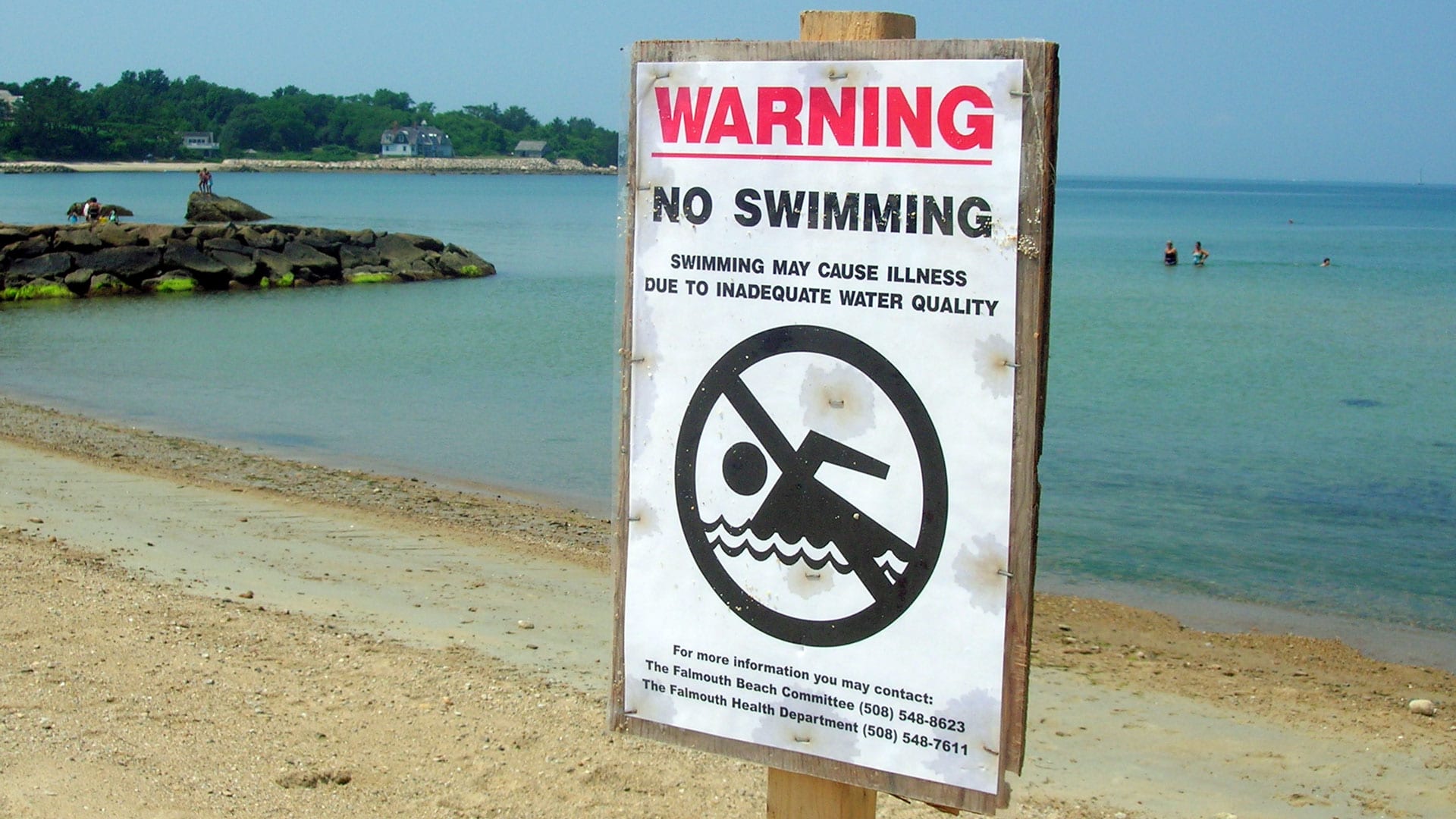Examining Connections Between the Ocean and Human Health
John Stegeman, Biology Department
Edited by Véronique LaCapra | September 16, 2020
Life on Earth is fundamentally and inextricably linked to the ocean. Oceanic processes affect climate and the food and material resources upon which we depend, and how we use the ocean and its resources can influence those processes—to our benefit or detriment. Concerns at the intersection between the ocean and human health are more important than ever as the ocean and its food resources become increasingly contaminated, and changing climatic conditions alter the severity and spread of harmful algal blooms and human pathogens and put coastal populations worldwide at risk from sea-level rise.
The Woods Hole Center for Oceans and Human Health (WHCOHH) is a virtual, interdisciplinary center, based at WHOI, that brings together scientists from oceanographic, biological, and technical institutions to cooperatively address issues of human health as they pertain to oceanographic research. Established in 2004 and funded jointly by the National Science Foundation’s Division of Ocean Sciences and the National Institutes of Health’s National Institute of Environmental Health Sciences, the Woods Hole center is one of four Centers of Oceans and Human Health (COHH) nationwide, all focused on identifying, analyzing, and disseminating information about “risks and remedies from the sea” through original research and community engagement.
The Woods Hole COHH currently specializes in the study of harmful algal blooms, also known as HABs, or red tide. Researchers are examining how climate change is affecting HAB dynamics, human exposure, and human health impacts, as well as how low-level exposure to HAB neurotoxins may affect early development and behavior later in life. Past research has included the genetic and environmental study of other waterborne pathogens that pose a risk to human health.
Community engagement is also central to WHCOHH’s mission. This includes regular communication among center scientists and with scientists at other organizations in Woods Hole, with state and federal resource managers in regions affected by red tide, with public health officials, and with the general public.
Together, research and communications efforts at the Center are helping to advance our understanding of HABs and inform action to protect human health from their toxic effects.
Work at the Center is advancing our understanding of harmful algal blooms and informing actions to protect human health from their toxic effects
WHCOOH Director John Stegeman is a scientist and former chair of the WHOI’s Biology Department. Stegeman specializes in biochemical toxicity, including the role of certain enzymes in toxicity and the health effects of PCBs and steroid hormones on aquatic animals.

